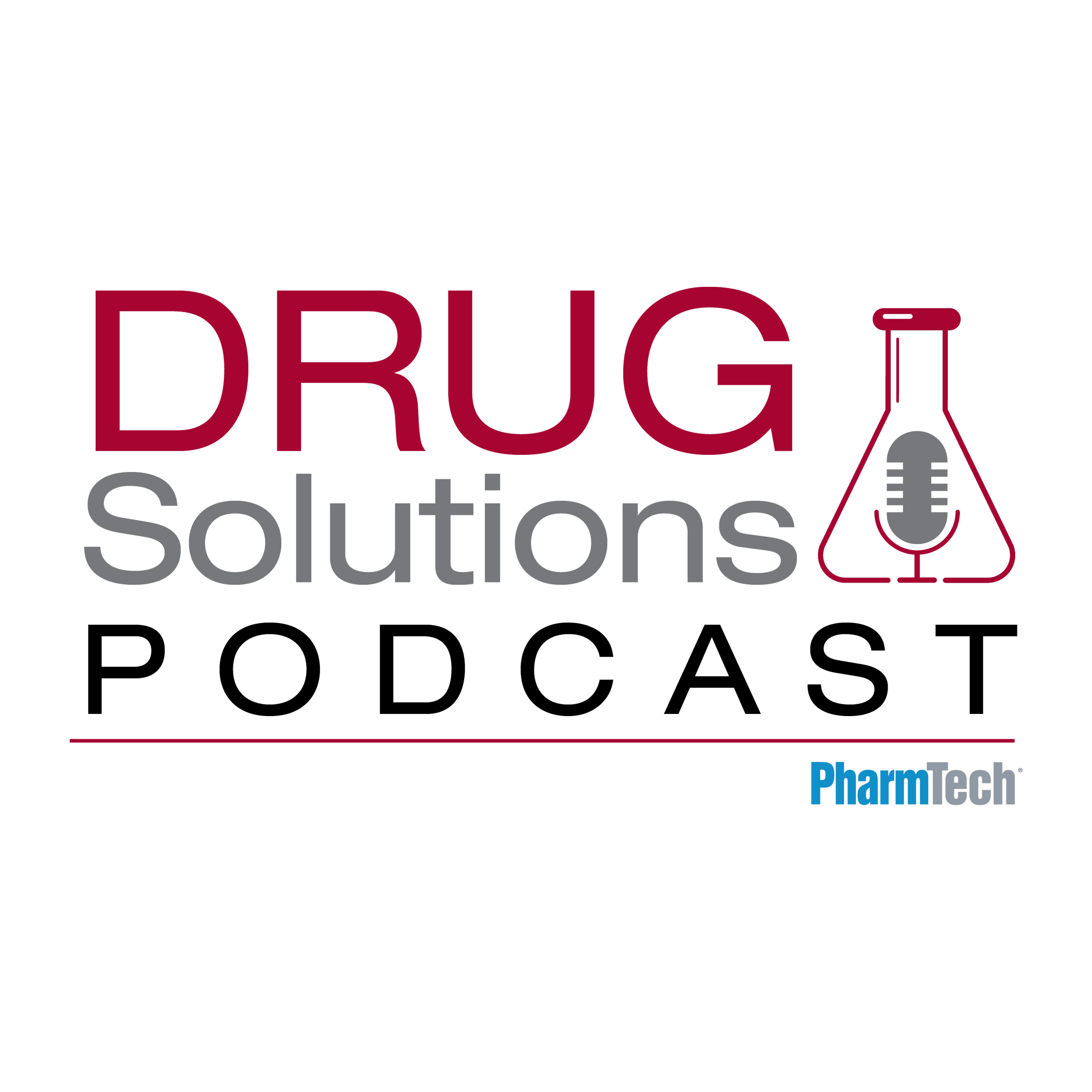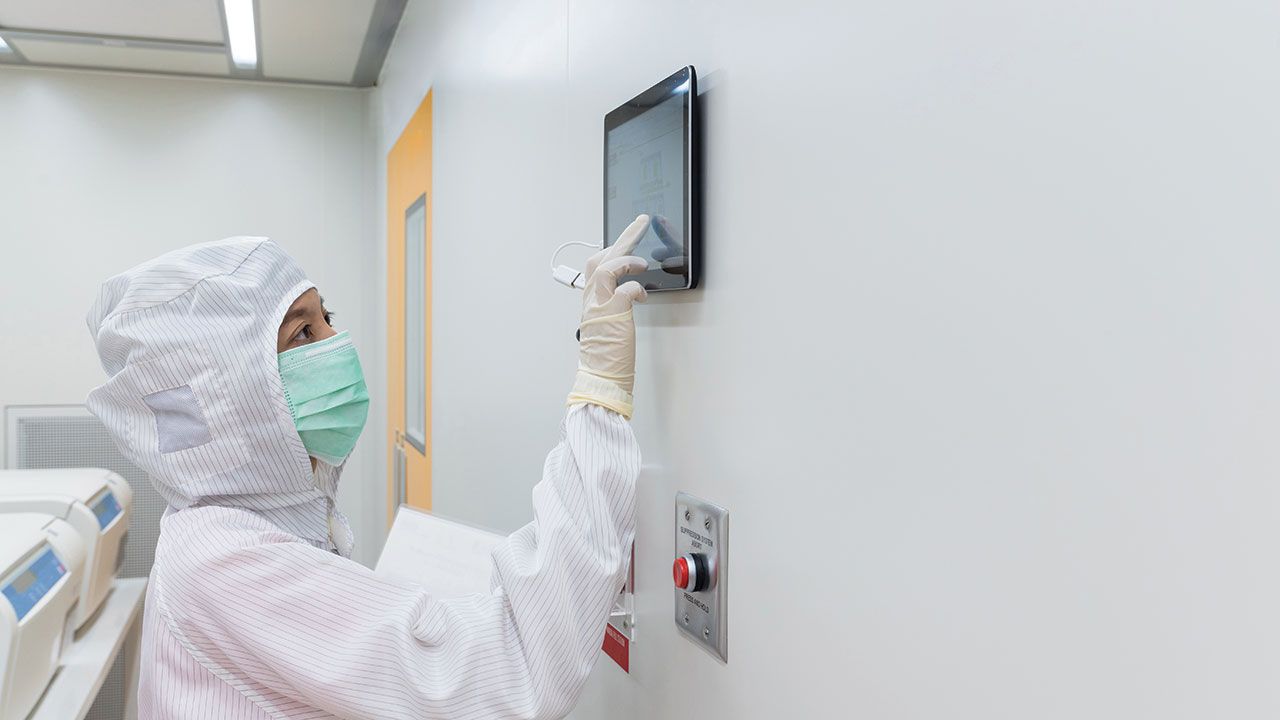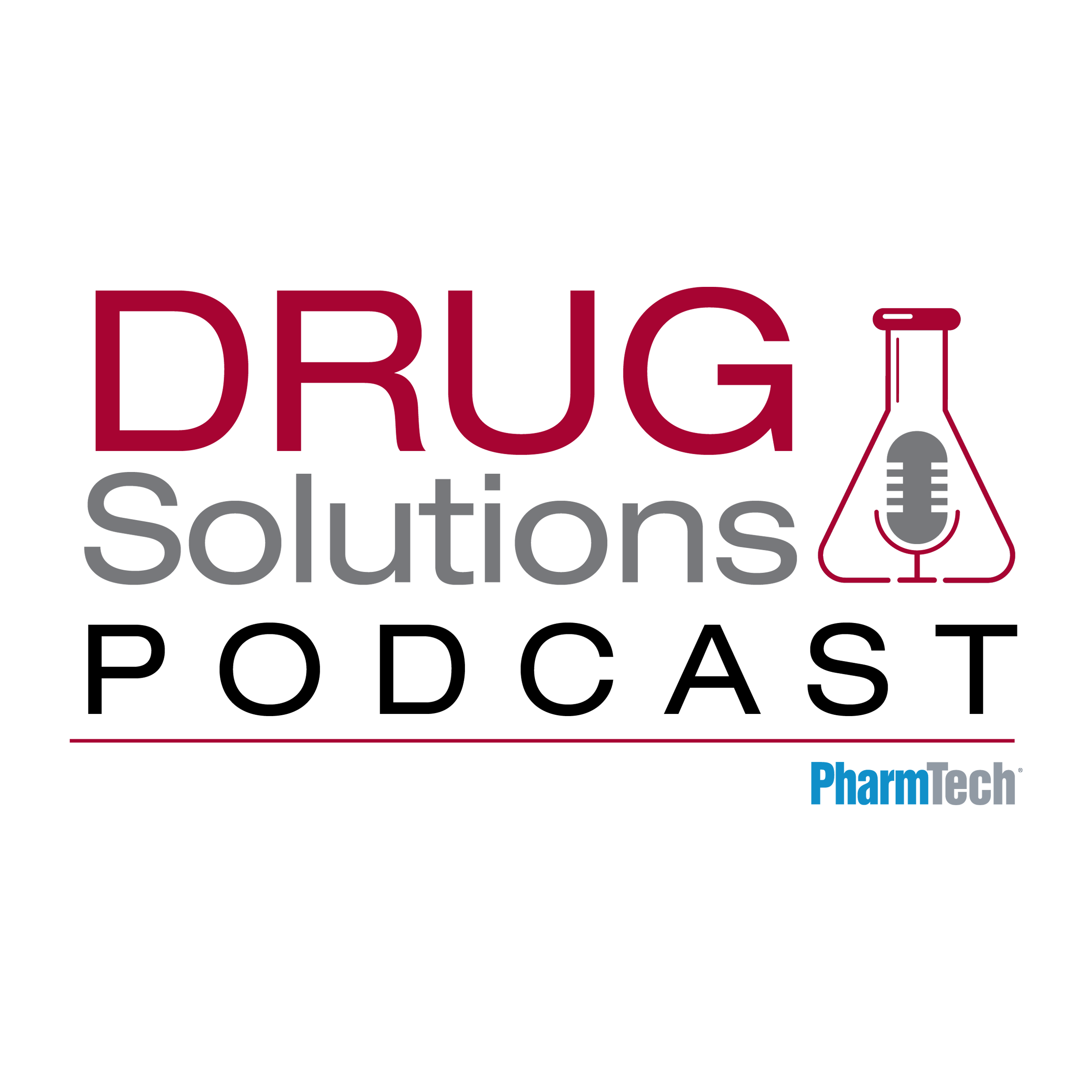News
Article
Pharmaceutical Technology
A Pharma Manufacturer's View of Quality by Design
Pfizer's Experience with QbD. This article is part of a special issue on Outsourcing.
This article is part of a special issue on Outsourcing Resources
Quality by design (QbD) is a concept that promulgates a core message that quality should be built into a product based on knowledge of its characteristics and understanding of the process by which the product is manufactured. In a nutshell, QbD is about communicating meaningful and relevant science upfront to establish postregulatory approval opportunities that will guide subsequent manufacturing improvements. QbD speaks to real and significant changes in how industry and regulatory agencies approach the regulatory process.

INFLUX PRODUCTIONS
Origins of QbD
Any discussion of QbD should be framed in the context of the industry and regulatory climate at the time that FDA introduced the QbD concept as part of its two-year initiative, Pharmaceutical cGMPs for the 21st Century: A Risk-Based Approach Pharmaceutical cGMP initiative (also referred to as the Pharmaceutical cGMP Initiative or 21st Century Initiative) in 2002. QbD is not a new concept from a pharmaceutical technology perspective. It is, however, a new concept relative to pharmaceutical regulatory review and submission. As a systematic and prospective approach to product design, process design and control, process performance, and continuous improvement, QbD designs quality into the manufacturing process. By doing so, QbD encourages innovation, continuous quality improvement, and science- and risk-based regulatory processes and ensures the availability of high quality medicines to the consumer.
Before the Pharmaceutical cGMP Initiative, the pharmaceutical industry already had begun moving toward conveying a more science-based approach through its emphasis on collaboration and risk-based regulation; the Pharmaceutical cGMP Initiative significantly hastened that process. Then, as now, the industry as a whole was doing a great deal of innovative work, but neither industry nor FDA were structured to encourage knowledge sharing. By focusing on what the regulatory agencies wanted, pharmaceutical companies limited their risk of regulatory exposure, but they also limited the vital, cross-industry knowledge sharing that advances industries and positions them for continued growth.
Because the orientation of regulatory authorities did not encourage quality to be built into the design of the pharmaceutical manufacturing process, multiple and repetitive inspections were the means by which quality was measured and demonstrated. This quality-by-analysis method of monitoring drug-product safety and efficacy brought reliable pharmaceuticals to market but required manufacturers to notify FDA of any change to quality or to the current manufacturing process. Depending on the change, time-consuming and costly requalification and subsequent regulatory approval might be required.
Focusing on the regulation of drug-product quality, the initiative, Pharmaceutical cGMPs for the 21st Century: A Risk-Based Approach (subsequently renamed Pharmaceutical Quality for the 21st Century) was intended to modernize FDA regulation of pharmaceutical quality for veterinary and human drugs and for human biological products such as vaccines. The goals of the initiative were to ensure that regulatory review, compliance, and inspection policies are based on pharmaceutical science and to foster the rapid adoption of technological advances throughout the pharmaceutical industry. Under any name, the ambitious initiative seeks to demonstrate and provide examples of enhanced quality.
Pfizer and QbD
The Pharmaceutical cGMP Initiative emphasizes scientific collaboration between FDA, academic institutions, and industry organizations. Pfizer, for example, collaborated with the FDA's Manufacturing Sciences Working Group, which was established at the launch of the 21st Century Initiative to identify efficient approaches for characterizing and controlling critical manufacturing process parameters and quality assurance.
CRADAs. Also in conjunction with the Pharmaceutical cGMP Initiative, Pfizer established a cooperative research and development agreement (CRADA) with FDA to research chemical imaging applications in pharmaceutical manufacturing and quality assurance. Technologies resulting from such CRADA agreements are in the public domain and intended for usage industrywide.
CMC pilot. In 2005, Pfizer volunteered and was among 12 pharmaceutical companies selected to participate in FDA's CMC (Chemistry, Manufacturing, and Controls) pilot program under the auspices of FDA's Office of New Drug Quality Assessment. The pilot was conceived to develop guidance for a new approach and related system for pharmaceutical quality assessment (1). Participants submitted CMC and other control information demonstrative of their QbD approach, product knowledge, and process understanding of the drug substance and drug product in a new drug application (NDA) or supplemental NDA. Pfizer's NDA for Chantix (varenicline) was the first candidate in the pilot program to achieve FDA approval.
Organizational approaches to QbD. Today, QbD is part of the pharmaceutical industry's acronym-laden lexicon, as reflected by its prominence as a topic at trade association meetings, symposia, and the steady up-tick in QbD training and similar initiatives in place at Pfizer and other pharmaceutical companies. Recognizing the criticality of new quality paradigms in the development of future medicines, in 2006, Pfizer established an internal Quality by Design Limited Duration Team (QbD LDT). Charged with developing guidelines for the implementation of QbD throughout Pfizer, the team developed a Quality by Design Toolkit for roll out to codevelopment teams and sites. Conceived as a "living document," the QbD Toolkit provides Pfizer development and manufacturing organizations with a list of agreed-upon QbD definitions for use within Pfizer and in its regulatory submissions. Knowledge gains are incorporated as the company extends its application of QbD approaches, and results are evaluated. Updated regularly, the most current definitions are posted to the QbD section of Pfizer's intranet for easy access.
Also in 2006, Pfizer Global Research and Development (PGRD) created a Right First Time Program Office that provides structure and facilitation support to implement the risk- and science-based product and process codevelopment program. Part of the mission of the program office is to continually improve the effectiveness of risk- and science based approaches.
Picking up where the QbD LDT left off, in 2010, Pfizer established a Quality by Design Council (QbDC) to guide internal policy development and provide oversight and alignment of activities that influence QbD and related topics. This knowledge is inclusive of information gained from Wyeth in Pfizer's acquisition of the company as Wyeth had developed a department for executing QbD, and much of the institutional knowledge Wyeth had developed has been absorbed into Pfizer's current QbDC philosophy and positions. In addition to maintaining and updating the QbD Toolkit, the Council links with Pfizer employees who are engaged in QbD initiatives to maintain alignment with internal and external policies and to communicates QbD strategies, policies, and guidance to company employees at Pfizer Global Supply (PGS) and Worldwide Pharmaceutical Sciences (WWPS).
In 2007, when PGS and WWPS discreet Global Quality Operations (GQO) units were integrated to achieve "One Pfizer, One Quality System," they embarked on a collaborative process that exceeded industry standards for excellence in product codevelopment by building a strong foundation and developing a set of working processes to ensure effective product launch, supply, and life-cycle management. The interface between WWPS and PGS is the cornerstone of Pfizer's systematic and rigorous codevelopment process. Incorporating all the elements of QbD, Lean manufacturing, green chemistry, and other critical initiatives within Pfizer, codevelopment between PGS and WWPS uses a joint-governance and joint-procedures approach.
Several colleague teams were created around the WWPS/ PGS quality integration, among them the Global Biologics Quality Team. The key quality requirements for the manufacture of new biotechnology products at PGS sites that this team defines enable rapid transfer of manufacturing by WWPS. Committed to ensuring seamless transfers from WWPS into PGS bioprocessing facilities, the Global Biologics Quality Team is actively supporting manufacturing expansion projects at Pfizer sites in Europe and the United States. By working collaboratively between sites, leveraging best practices, capturing lessons learned, and shaping a life-cycle approach to regulatory compliance, the Global Biologics Quality Team and other teams formed around quality integration support Pfizer's industry standing and extend its biotherapeutics expertise.
Other notable accomplishments of this WWPS/PGS quality collaboration include:
- Formation of cross-functional groups across areas and issues, including new-product molecules, biologics, and quality and regulatory policy.
- Formation of cross-functional GQO teams to enhance relationships between PGS and WWPS quality operation units.
- Creation of a cross-functional CQO team focused on identifying and advancing cross-functional life-cycle development opportunities.
- Development, in partnership with Pfizer's Worldwide Regulatory Affairs (WRA), of a global submission-ready approach across the product life cycle to improve overall efficiencies and reduce cycle time. This work complements WRA's focus on regulatory subteams and M-4 Change Control (a value-stream assessment based on Lean principles) efforts within PGS.
- Fostered a new model for a single contact CMC point of integration and formed CMC teams/subteams to optimize product life-cycle support efficiency.
- Instituted Regulatory Strategy Documents for transparency of risk management with Pfizer's customers.
- Established a One Voice for Quality and Regulatory Policy (QRP) process and rolled out the QRP newsletter to communicate QRP strategies to Pfizer employees.
Also notable, a Pfizer team met with FDA in September 2010 in anticipation of regulatory submission for a continuous manufacturing process. Continuous processing enables PGS to significantly lower production costs for active pharmaceutical ingredients and drug products while achieving highly reliable process and consistent product quality.
Another focus of Pfizer's QbD Council is the work of the International Conference on Harmonization (ICH). Closely aligned with many of the high level concepts found in ICH guidelines Q8 Pharmaceutical Development, Q9 Quality Risk Management, and Q10 Pharmaceutical Quality Systems, QbD is a beneficial for the pharmaceutical industry, regulators, and patients (2–4).
Benefits of QbD
Strongly focused on collaboration between research and manufacturing, QbD advances process understanding for increased effectiveness and efficiency. The "real time, real data" sharing of industry knowledge optimizes front-end design to more fully support the product life cycle. The science- and risk-based approach boosts regulator confidence by minimizing regulator risk. Because QbD brings medicines to patients in a better-understood and fundamentally more reliable way, consumers benefit as well.
QbD reduces postapproval regulatory submissions, minimizes risk around manufacturing failures and product recalls, trims non-value-added regulatory and compliance activities, and facilitates novel approaches to process validation. At the same time, QbD improves regulatory flexibility, process understanding, and application of technology. QbD hones regulatory-review criteria, capitalizes on experience to leverages industrywide expertise, and fosters global harmonization that will benefit the global pharmaceutical industry, its consumers, and other stakeholders.
QbD concepts coincide with a burgeoning global industry movement toward building quality into pharmaceuticals from development through manufacturing by bridging gaps between pharmaceutical development and manufacturing and using sound science to demonstrate and assure the product's safety, quality, and efficacy throughout its entire life cycle. Launched in 2007, the Product Quality Lifecycle Implementation (PQLI) initiative is a global, industry-led effort led by International Society for Pharmaceutical Engineering to facilitate the implementation of ICH standards.
Pfizer is actively engaged in the PQLI initiatives. In collaboration with the European Federation of Pharmaceutical Industries and Associations, the European Medicines Agency conducted a regulator/industry event around ICH Q8, Q9 and Q10. Pfizer played a key role in facilitating this collaborative initiative. Activities included mock regulatory inspections that were conducted at Pfizer sites and seminars on topics that included product life-cycle management, forward-thinking action steps, and criticality.
Conclusion
The examples cited in this article are just some ways of how QbD is affecting the pharmaceutical industry and its regulatory agencies on a global scale. To facilitate continuous improvement and technical innovation, the global pharmaceutical industry needs a global quality and regulatory framework for postapproval changes. Trying to develop increasingly complicated technologies with fewer resources than were available in the past is an ongoing challenge for the pharmaceutical industry. By enabling pharmaceutical companies to focus on critical and promising products and process areas, QbD and other global harmonization efforts will help the industry meet such challenges. The QbD initiatives in place throughout Pfizer are fostering the vital codevelopment, collaboration, and innovation that position the company to meet 21st century global industry challenges. In harmony with Pfizer's Right First Time and other continuous improvement programs and initiatives, QbD will support Pfizer's global transformation and drive its forward growth.
Vince McCurdy is head of the Right First Time Program Office at Pfizer Global Research & Development, Gerry Migliaccio is senior vice-president of Network Performance for Pfizer Global Supply, Roger Nosal is vice-president of Pfizer Global Chemistry, Manufacturing, and Controls in Pfizer Pharmaceutical Sciences, and James Spavins is vice-president of Global Chemistry, Manufacturing,and Controls & Global Supply Chain in Pfizer Pharmaceutical Sciences.
References
1. FDA, "Submission of Chemistry, Manufacturing, and Controls Information in a New Drug Application Under the New Pharmaceutical Quality of Assessment System; Notice of Pilot Program," Fed. Reg. 70 (134), 407619–40720 (July 2005).
2. ICH, Q8 Pharmaceutical Development (2008)
3. ICH, Q9 Quality Risk Management (2005).
4. ICH, Q10 Pharmaceutical Quality Systems (2008).
Note: For related article, see "Global Regulatory Submissions for QbD: Wyeth's Experience in the CMC Pilot," in the October 2009 issue of Pharmaceutical Technology.
Newsletter
Get the essential updates shaping the future of pharma manufacturing and compliance—subscribe today to Pharmaceutical Technology and never miss a breakthrough.






